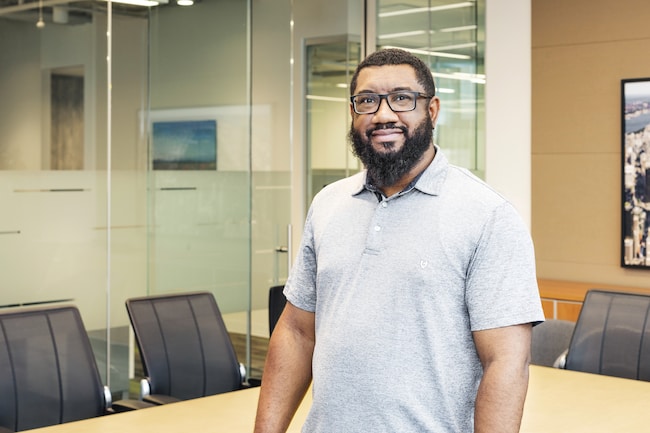The number of U.S. homeowners who foreclosed on their homes fell 10 percent last year — a sign that more Americans kept their mortgage current even as inflation made other household bills more expensive.
All told, there were 322,103 foreclosures in 2024 compared to 357,062 in 2023, according to data from real estate analytics firm ATTOM. Foreclosures have been falling steadily year after year after hitting a peak of 2.87 million in 2010, the ATTOM data also shows.
“The continued decline in foreclosure activity throughout 2024 suggests a housing market that may be stabilizing, even as economic uncertainties persist,” Rob Barber, ATTOM CEO, said in a statement. “This year’s data points to foreclosure trends potentially returning to more predictable levels, offering some clarity for industry professionals, investors and homeowners."
At the state level, residents of Florida, New Jersey and Nevada posted the nation's highest foreclosure rate last year, according to the ATTOM data. Lakeland, Florida; Atlantic City, New Jersey; and Columbia, South Carolina led the nation — at the city level — in foreclosure rates last year.
Foreclosure is a lengthy legal process that banks and other mortgage lenders employ to repossess a property once a homeowner stops making payments on a home loan. The exact process varies by state, but in most cases, the proceedings begin after someone misses three months — or 90 days — of payments. For properties that foreclosed in the fourth quarter of 2024, the process took an average 762 days, according to ATTOM.
Nationwide moratoriums
The foreclosure world has been on a rollercoaster ride in recent years as the Biden administration has placed a series of foreclosure moratoriums on different regions of the country.
The first moratorium landed in 2021 as a nationwide effort during the pandemic, under the American Rescue Plan. Late last year, the U.S. Department of Housing and Development created another foreclosure moratorium for Americans in the Southeast whose homes were impacted by hurricanes Helene and Milton. Last week, HUD announced another moratorium for homeowner victims of the Los Angeles County fires.
Aside from the moratoriums, other federal agencies introduced efforts last year aimed at lowering foreclosures. In February, the Federal Housing Administration launched a special program that allows homeowners with FHA loans to temporarily pay a reduced mortgage amount — for up to three years — to help avoid foreclosure. In May, the U.S. Department of Veterans Affairs announced it would buy thousands of home loans that veterans could no longer afford in an effort to keep those Americans from foreclosure.
Some housing experts have said, without those moratoriums and other federal programs, the foreclosure numbers would be much larger. Instead, fewer foreclosures show that the housing market has "a more balanced landscape, potentially shaped by careful lending practices and ongoing homeowner resilience,” Barber said in the statement.
ATTOM compiled its data from gathering publicly recorded foreclosures in about 3,000 U.S. counties. The figures include properties that were labeled default, auction, notice of foreclosure sale, notice of trustee sale and real estate owned.


